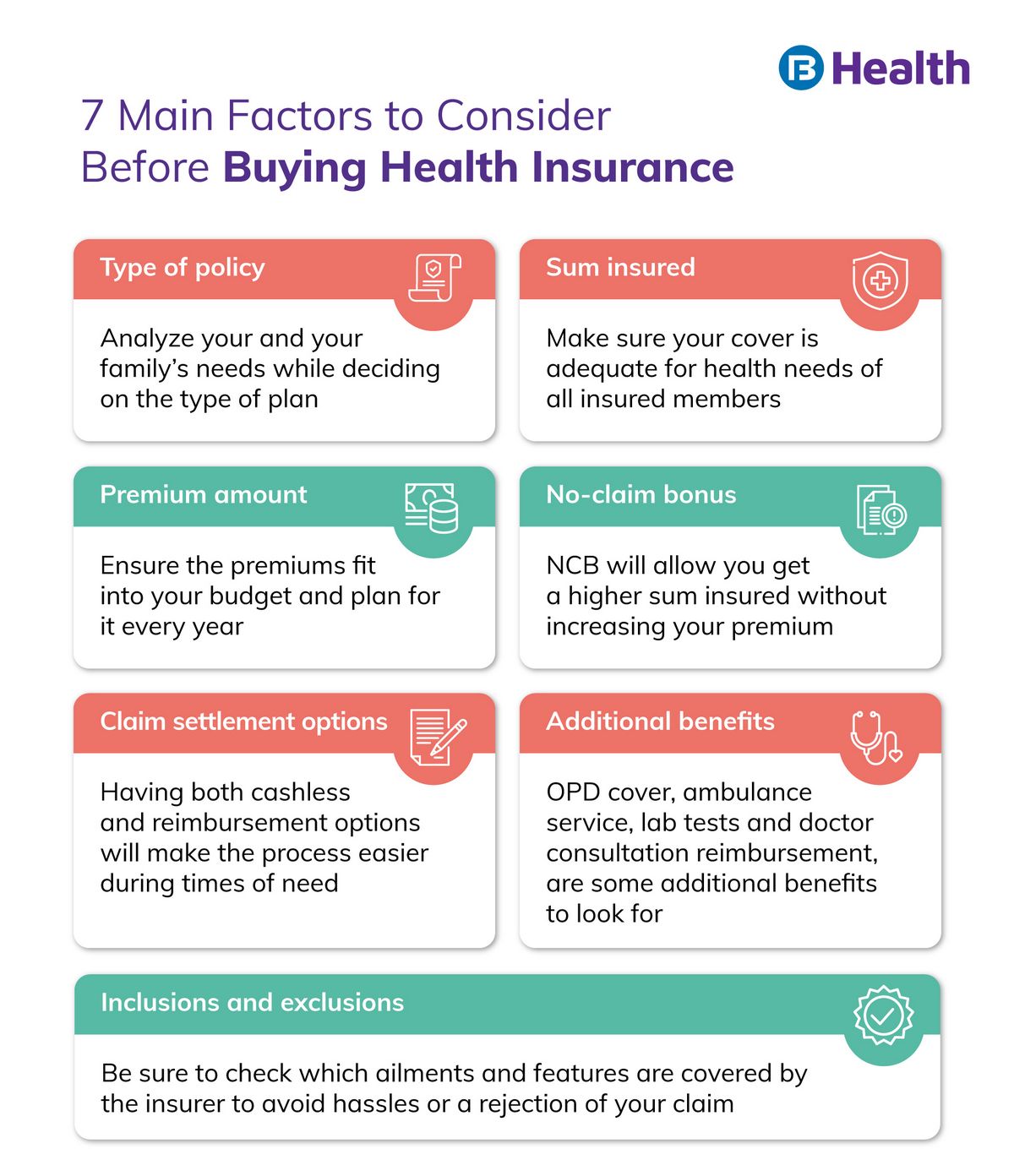
Contents
Important Factors to Consider When Offering Health Insurance to Employees
While employees at large corporations may expect health care coverage, smaller businesses with fewer than 50 employees can choose not to provide health care benefits.
Offering this coverage can benefit both employees and the business as a whole. However, researching, establishing, and paying for coverage can be overwhelming.
Here’s everything you need to know about offering health insurance to your small business employees and what to watch out for.
How small business health insurance works
When a small business offers health insurance, it must determine federal requirements, coverage options, and the number of employees to be covered.
Employers also need to shop around for coverage, comparing different carriers and plans. Once a plan is established, things move smoothly.
Typically, a small business offers a set health care plan or multiple options from which employees can choose. The business can also offer coverage to employees’ families without discrimination based on age or preexisting conditions. The small business contributes to the premiums, and the employee pays the remaining through paycheck deductions.
Requirements for small business health insurance plans
There are three primary requirements for small business health insurance plans.
Healthcare must be universally offered
Small businesses must offer health insurance to all eligible employees, within a maximum waiting period of 90 days.
Healthcare must be affordable
Health insurance premiums must not exceed 9.61% of an employee’s annual household income for self-only coverage. Different safe harbors can be used to determine affordability.
- The employee’s W-2 wages
- The employee’s pay rate (hourly rate multiplied by 130 hours each month or monthly salary multiplied by 0.0961)
- The federal poverty level (currently $12,880 for individuals in the 48 contiguous states and D.C., for 2021, according to the Department of Health and Human Services)
Using the federal poverty level to calculate affordability is preferred because coverage meeting this threshold is automatically deemed “affordable.”
Hello!
I’m Andrew Brooks, a seasoned finance consultant from the USA and the mind behind phonenumber247.com.
My career is built on a foundation of helping individuals and businesses thrive financially in an ever-changing economic landscape. At phonenumber247.com, my aim is to demystify the complex world of finance, providing clear, actionable advice that can help you navigate your financial journey with confidence. Whether it’s personal finance management, investment strategies, or understanding the nuances of market dynamics, I’m here to share insights and tools that can propel you towards your financial goals.
Welcome to my digital space, where every piece of advice is a step closer to financial clarity and success!
